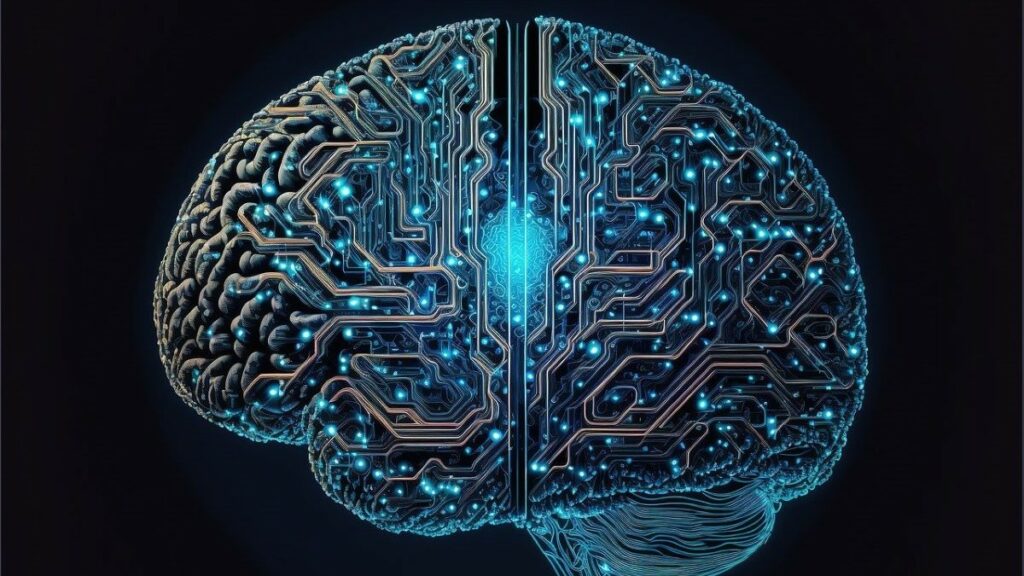Featured image by Kohji Asakawa via Pixabay
Not long ago, a company could gain the loyalty of its clientele based on product quality and little else. But with time, the difference between what a company offers and what its competitors provide has become negligible. Today, companies are increasingly seeking alternative ways to win their customers. In ecommerce business, one such way is by providing an impeccable user experience (UX).
Consumers want a seamless user experience from start to finish. Specifically, they want a user-friendly platform and outstanding customer service. Therefore, companies are increasingly investing in AI software development. They understand that this helps them improve UX and gain brand loyalty.
In this article, Iflexion AI consultants look at the ways in which artificial intelligence can enhance user experience.
Emotion AI and the User Experience
A relatively new field, emotion AI represents one of the most cutting-edge applications of AI. Emotion AI uses facial recognition software. Additionally, it relies on data and machine learning algorithms to sort and categorize emotional responses to a variety of stimuli. For instance, it records responses to the colors on a website, product offerings, advertising content, and others.
After training on thousands or even millions of facial/emotional images, emotion AI can categorize responses into meaningful categories like happy, sad, or angry. Businesses and advertisers can then use this information to identify the types of content, platform designs, and marketing strategies that are most likely to elicit the responses they desire from site visitors.
A 2016 Harris poll commissioned by Lithium found that happy customers spend 78% more with brands that they love. Consumers are most likely to feel happy if they feel like they are part of a brand’s community. They like to believe that they share the same ideology as the brand. Or perhaps they actively engage with the brand on social media. For many organizations, using emotion AI to tap into consumer emotions and improve the user experience is the smartest way to connect with customers at a deeper level.
Bespoke Advertising
It’s no secret that consumers are increasingly immune to the efforts of advertisers, online or otherwise. Between ad blocking software, shorter attention spans, and decades of being inundated by advertising since childhood, only the most inventive marketing strategies are able to get through to today’s jaded consumers. UX guides often focus on the experience once an individual has arrived at a brand’s web or social media page.
However, UX really begins the moment a brand engages with a potential customer. If the visitor sees something that relates to them, they are far more likely to take action. It might be liking a photo, sharing content, or making a purchase.
When used in combination with social media, machine learning algorithms can successfully parse key information about a consumer’s preferences. Instead of creating a broad marketing campaign that may appeal only to a small percentage of customers, companies can use AI to create a one-to-one advertising experience. In addition, with this new more inclusive data, organizations are also more likely to identify previously overlooked market segments.
For example, the outdoor product retailer North Face is using IBM’s Watson to create uniquely personalized shopping experiences for its online clients. By asking simple questions such as, “Do you like to hike in winter?” the program is able to narrow down the appropriate selection of products to show to the customer. This highly customized retail interaction significantly increases the probability that a customer will buy a product and report an enjoyable user experience.
Chatbots
Also known as virtual assistants, chatbots are everywhere. From banking to pizza delivery, chatbots are an increasingly common part of the user experience. Trained using a subfield of AI known as natural language processing, chatbots are now so sophisticated that it is often difficult to distinguish them from the real thing. According to Capgemini, 75% of organizations using AI (out of 1,000 surveyed), have increased customer satisfaction by at least 10 percent.
Immune to bad days and frustration, chatbots are a natural supplement to the user experience. However, while they may be able to provide 24/7 support, chatbots are not going to completely replace humans any time soon. That’s because more complex situations still require human intervention and expertise. Likewise, chatbots still require data from human-to-human communication in order to learn and improve.
One company putting AI-enabled chatbot technology to use as both a communication and learning tool is 1-800 Flowers. Using Facebook Messenger as a customer service platform, the organization’s chatbot uses conversational clues to assist clients with purchases. If, for example, someone messages that they need flowers quickly, the chatbot will respond with a number of relevant options, complete with photos, messaging customization, and even delivery choices. The more customers the bot interacts with the smarter it becomes, allowing it to provide an even better user experience.
This phenomenon is called deep AI learning. For those who are so inclined and excited about this field, there are plenty of opportunities for deep learning AI jobs.
RELATED ARTICLE: COBOTS: THE BENEFITS OF COLLABORATIVE ROBOTS IN MANUFACTURING
Automation and the User Experience
When people hear the word “automation,” they tend to picture robots taking over human jobs. But in reality, automation is more likely to augment human tasks than to replace them. This is certainly true when it comes to improving the user experience. From self-driving cars to drones and online translation software, automation has the power to noticeably improve the quality of goods and services in a variety of industries.
Automation, which is usually applied to repetitive or predictive tasks, can aid human workers by reducing costly errors. It can improve quality standards and even detect potential problems that human eyes may miss. In short, this means better quality for everyone, consumers and companies alike. In addition, automation is also being applied to UX design. This means that customers will enjoy an improved user experience from beginning to end.
Just a few years ago, people considered AI-based technology too cutting-edge for widespread application. Today, it is shaping the way that brands interact with their customers and creating a whole new standard in UX. Moreover, this will ultimately benefit us all.
About the Author

Yaroslav Kuflinski is an AI/ML observer at Iflexion. He has profound experience in IT and keeps up to date on the latest AI/ML research. Yaroslav focuses on AI and ML as tools to solve complex business problems and maximize operations.

